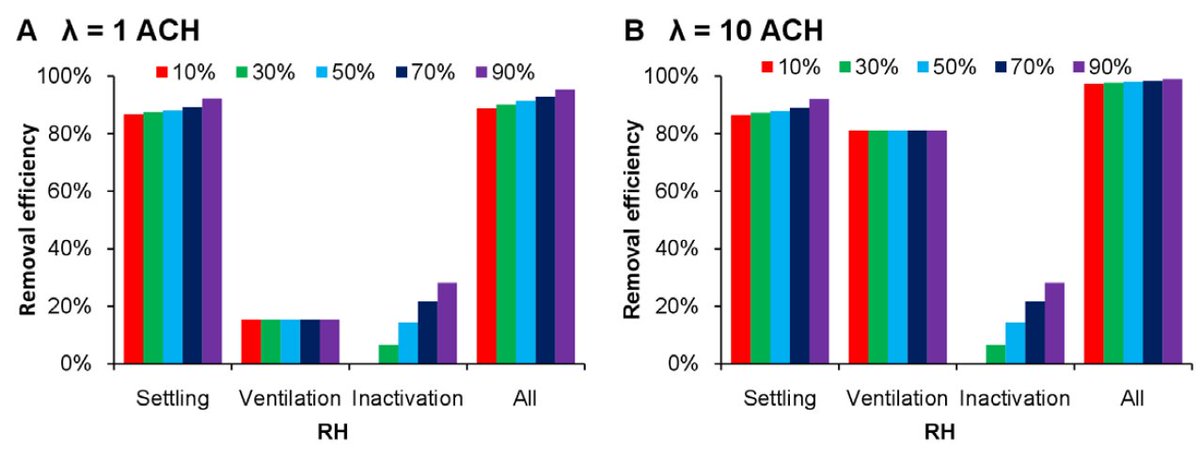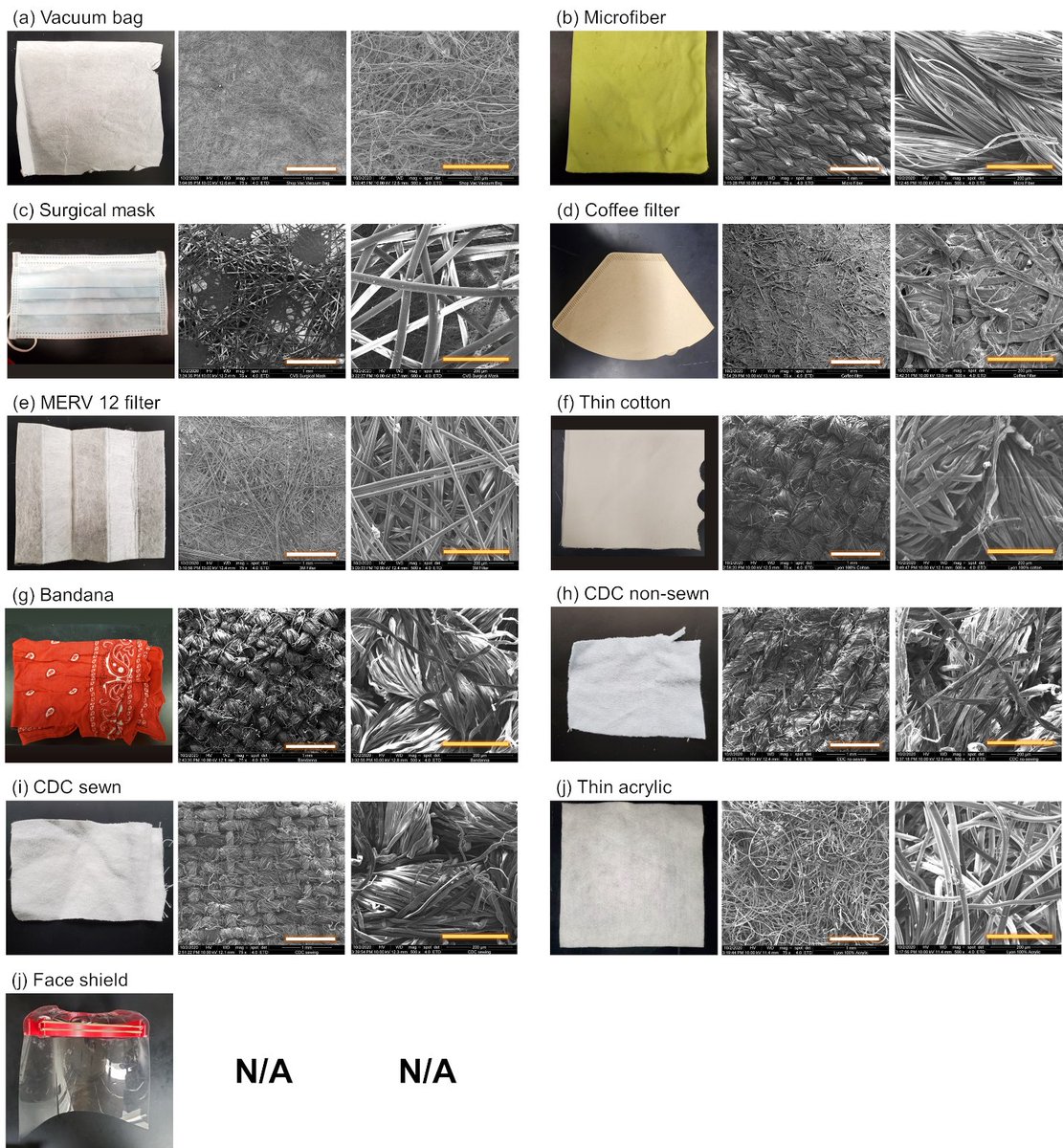
Glad to see CO2 in my classroom indicates excellent ventilation. My class has been meeting online, but this is good news for our potential to meet in person. Other classes met there yesterday, and ~20 people were there when I picked it up today. More for calcs... /1 

We used a mass balance approach, although we actual did the calculations in terms of volume of CO2. /2 

Students looked up ASHRAE recommendations for ventilation, breathing parameters, CO2 level outdoors and in exhaled breath. /4 

We solved for the acceptable (max) level of CO2 and came up with 800 ppm for a ventilation rate of 10 L/s/person. /5 

• • •
Missing some Tweet in this thread? You can try to
force a refresh










